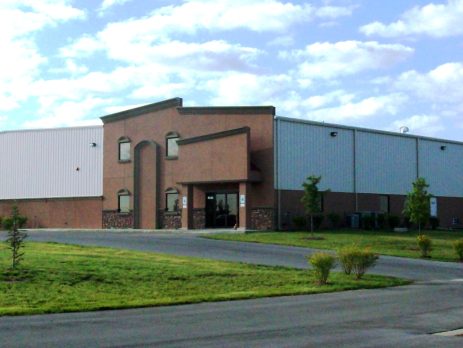The Benefits of Fiber Cement Siding Over Other Sidings
When remodeling or building a home, there are numerous siding options to consider, but some are better than others, and more expensive doesn’t always equal greater quality. There are aesthetics and personal preference factors to take into account, and what works on certain houses could not work on others. Durability and upkeep are further factors to take into account.
Fiber Cement Siding: What is it?
Fiber cement siding can be painted, is strong, resistant to the elements and fire, and can be made to resemble stucco, cedar shingles, wood clapboards, stone, or brick without costing as much. This siding is favored over others by many architects and home builders because it is more affordable.
Because it won’t rot and is termite-resistant, this siding is perfect in all kinds of weather, including hot, humid, and damp conditions. Although this substance has been present for more than a century, it is only now becoming well-recognized. Although it can be painted on location, it is advised to have it primed and painted in a factory because that method comes with a 25-year warranty.
The Competition
Siding
In comparison to other siding types, vinyl siding has a far greater choice of color selections and opportunities for customization. It may be designed to resemble board and batten, Dutch lap, shingles, and clapboard. Even a product with a surface texture that mimics wood is available.
However, vinyl now offers a selection of insulated products that sandwich a layer of foam between the walls and the vinyl, providing insulation that neither vinyl siding nor cement board does on their own. Because vinyl is lightweight, it requires less fuel to transport it, which lowers the price for you.
Both goods are strong, and the flexibility of vinyl gives them an edge. Vinyl is very flexible, whereas cement board has been questioned for its rigidity and issues with chipping and/or breaking. There are many different types of wood siding, namely cedar, including lap panels, bevel, board and batten, and conventional shingles. Siding made of cedar wood can be painted, stained, or left unfinished. Many of the same styles as wood are also available in fiber cement, and they can even be stamped with a wood grain pattern. Additionally, it has been permitted for historic districts to use fiber cement in place of the original wood.
Many of the same styles as wood are also available in fiber cement, and they can even be stamped with a wood grain pattern. Additionally, it has been permitted for historic districts to use fiber cement in place of the original wood.
While cedar can cost up to twice as much as vinyl and requires more maintenance than cement, wood only needs painting or staining every five years. Cement is somewhat more expensive than vinyl. In areas vulnerable to hurricanes, it is the preferred product. Given that cedar is made of biodegradable wood and that cement is comprised of inert elements, both cedar and cement are “green” choices.
Property Value
The property value should be taken into consideration while making home upgrades. Despite the homeowners’ conviction that they will never sell the house in their lifetime, there is a significant chance that it will be sold at some point in the future. Always keeping an eye out for ways to raise a property’s value is a wise move. For instance, upgrading the kitchen or adding a full bathroom to a house will increase its value.
The best materials for building or renovating should also be considered as an investment. Since a home may look brand new by only changing the façade, changing the external finishes offers a strong return on investment. Cement has been named the best value product in home remodeling five years in a row by Remodeling magazine.
The largest investment you will probably ever make is probably in your home.

